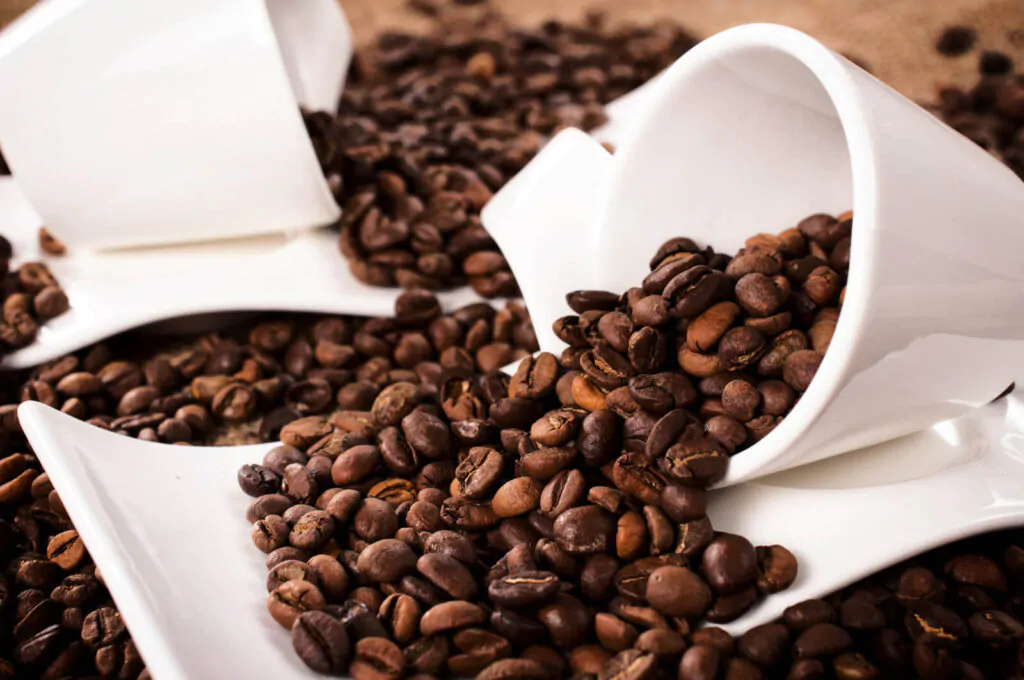How does Turkish coffee taste? It sounds like an exotic way to start your morning with its tastes stronger than regular coffee and is even made differently.

I prefer getting involved in my coffee-making process, so I love brewing Turkish coffee. And if you enjoy the taste of strong coffee as I do, then Turkish coffee is perfect.
Turkish coffee tastes strong, like a condensed espresso shot. When I drink plain Turkish coffee, it tastes rich and earthy. But I usually serve it with sugar and milk to sweeten it.
It tastes different from drip coffee because I leave the grounds in the cup when I serve it. Grounds in the coffee enforce the strong taste and also add some bitterness and grit to the beverage.
The coffee is a little thick when I stir it. When I brew it in the cezve, it will have foam on top. Adding too much water while brewing—or milk afterward—will lead to watery coffee. This consistency also dilutes the taste.
Beans to Use for Turkish Coffee

I can use any bean to make Turkish coffee, but since it’s such a strong brew, I choose something that has a great natural taste. I like to use Arabica beans because they have a rich flavor and less acidity.
Arabica beans brew a mellow cup of coffee, which pairs nicely with the strength of the Turkish method of brewing. Since I leave the coffee grounds in my coffee cup, I don’t want something acidic that will irritate my stomach.
Medium to dark roasts give a full flavor, and I taste every bit of it when I brew Turkish coffee. Medium and dark roast beans look shiny because the roasting method pulls the oils to the surface.
More important than the bean I choose for this brew is how I grind them. It’s hard to use a coffee grinder to get the beans as fine as I need, so it’s best to use a hand grinder. This tool gives me the ability to keep grinding until I have a fine powder. If you enjoyed this post, you might be interested in our guide on how to make Bali coffee.
How to Make Turkish Coffee

I brew Turkish coffee in a special pot, called a cezve in Turkish and ibrik in Arabic. Tip: Use the best coffee beans for Turkish Coffee.
Because I brew the coffee without a filter, Turkish coffee might have a gritty aftertaste. When I grind the beans very finely, there’s not too much graininess left in my cup.
Boil water and then pour it over the ground coffee in the cezve. It takes several pours to saturate the beans thoroughly. Let the boiling water sit in the cezve until it extracts all of the flavors from the beans—usually about 10 minutes.
At this stage, I add any flavor I might want to my coffee. Cinnamon and cardamom are popular choices that highlight the coffee’s natural taste. I usually just add a bit of sugar at this stage. Milk comes later.
Put the cezve back on the heat and let it reach a boil. The coffee will foam, and that’s when I remove it from the heat. When the foam subsides, I put the cezve back on the heat until it foams once again. When I remove it this time, it’s ready to serve.
Pour the Turkish coffee into small espresso cups, also called finjans, and let it sit for a few minutes. This gives the coffee grounds a chance to settle. I end up drinking them anyway, but they won’t be floating in every sip.
If you prefer sweeter coffee like me, add sugar once you’ve poured the coffee into the cup or put it in the water during the brewing process. Both give similarly sweet tastes, so there’s no significant difference.

